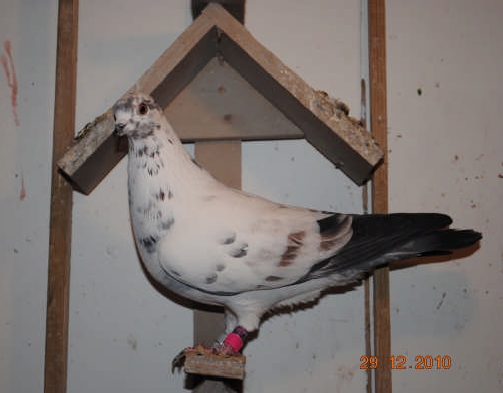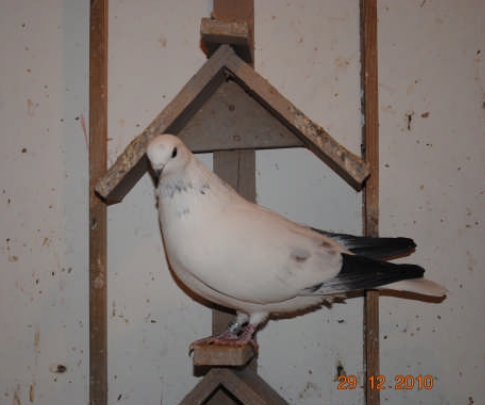by Nino Bugeja [Click Here for PDF version of article]
Have you ever wondered how it is that birds such as Tipplers and actually all other performance birds can sustain these endurance abilities we take for granted? Well it has to do with their body’s ability to produce energy.
Energy is the main source of all living creatures that gives them the ability to do what they must to not only survive, but perform in ways that leaves us in “awe” at times. Energy comes from their diet, and the type of food that they receive. These food items, when taken in are converted by the body to forms of Glucose, Glycogen, and Starch. Glucose is the main sugar (energy) used by animals and birds alike. If there is extra glucose that is not required immediately, it can be stored, and is now referred to as Glycogen. Storage of Glycogen would take place in areas such as the liver, muscle etcetera.
What’s interesting is that if you crack open a grain of corn, you will find a white starch like interior, which if fact is the starch itself. What must be recognized is that starch is the storage form of glucose in plants, and glycogen is the storage form of glucose in animals and birds. Now we all watch our birds eat, but do we really understand what is taking place during this process, and how these grains of food are turned into energy. The gizzard of a pigeon is designed to turn these hard grains into a mash, and a very important reason that a good quality grit is available to them at all times, as the grit acts as their teeth that does the work to turn the grins into this mash. At this point their digestive juices break down the starches and into free units of glucose. The free glucose is then absorbed through the wall of the intestine, and from there into the blood stream and vessels that transport them to areas of the body, and most importantly the liver. Here some amounts of glucose are converted to glycogen and stored, while others are exported in the bloodstream to their flight muscles where is converted to glycogen and stored until it is required. In addition to starches, there is “Fat” or what is termed “Triglycerides” as is the major fuel required by all birds for extended flight such as those that undertake migration every year. The other interesting fact is that the amount of energy produced by the utilization of fats is twice as much as produced by the utilization of Carbohydrates and protein combined, and when discussing vertebrates, birds capability’s for storing fats as an energy source far exceeds all other animals. As you can see, the importance of fats as a major fuel for endurance ability’s cannot be ignored.
Now when one has an understanding of how foods are broken down and transformed into stored energy, logic would dictate that additional fat in their diet would help the liver with greater production of usable energy. Facts about fat as key fuel for endurance purposes was established many years ago by a Canadian named Dr. John George, and his team of colleagues at the university of Guelph in Ontario.
In addition of energy requirements in birds there are the following study’s that have been noted that may be of interest, and that one should do some thinking about during the preparation of pigeons before their competition dates, and they are as follows: High levels of fat in the diet of birds will decrease the amount of fat produced by the liver, high levels of protein in the diet of birds will decrease the amount of fat produced by the liver and high levels of carbohydrates in the diet of birds will increase the amount of fat production by the liver. Now that we have a better understanding of how our birds gain, utilize and store their energy, it is obvious that a controlled measure of carbohydrates should be maintained at relatively high levels in order for the liver to be able to store and produce increased amounts of fat.
It goes without saying that any interruption in their feeding schedule, as well as their training will all play a role in their ability to perform to their optimum and should be viewed as essential at all times.
These are all important facts about their conditioning, their ability to be conditioned and ultimately their endurance ability’s. Reiterated in part from a paper by Gordon. A. Chalmers DVM.



